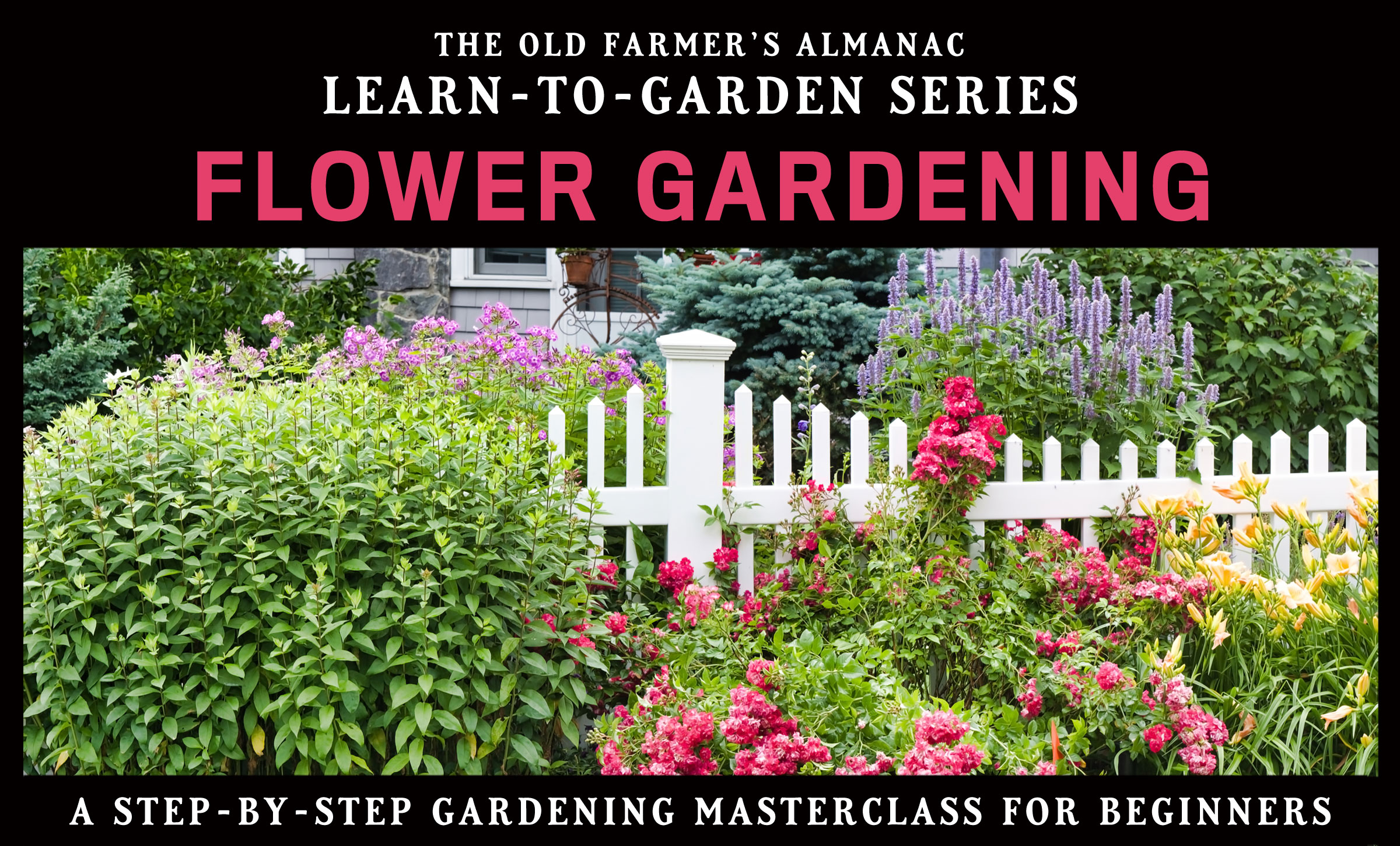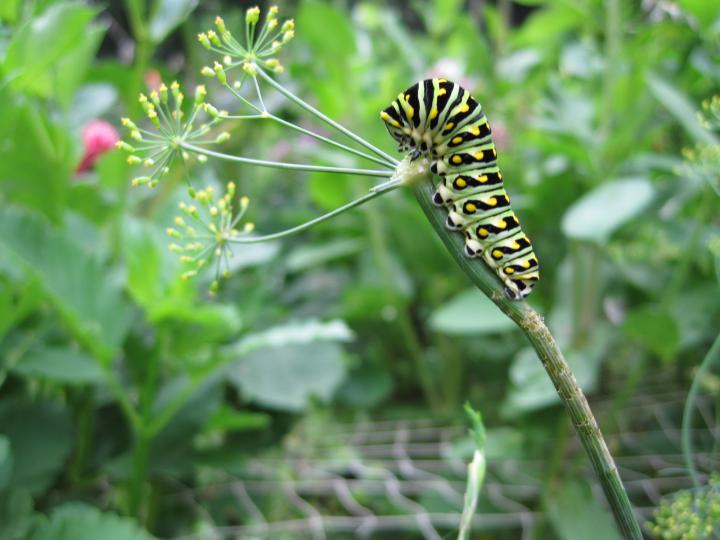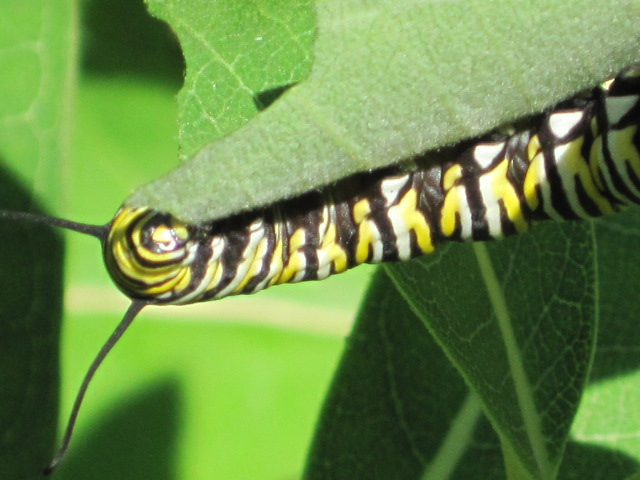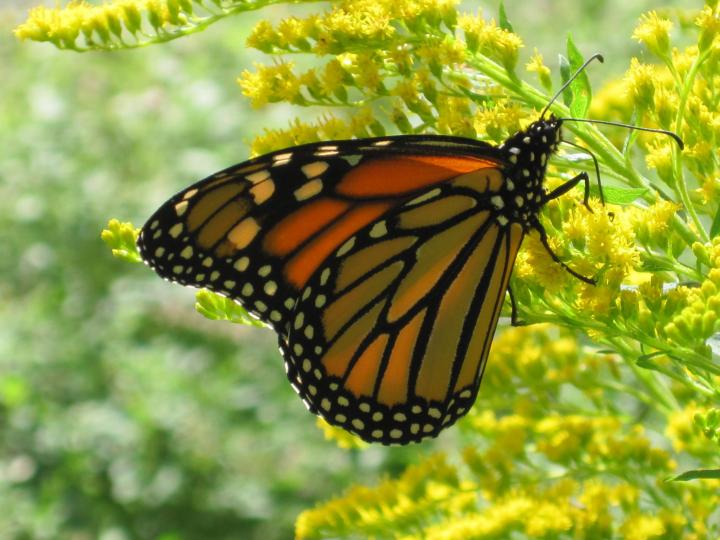
How to build the perfect butterfly habitat
The Almanac Garden Planner - Use It Free for 7 Days!
Plan your 2025 garden with our award-winning Garden Planner.

Getting Started with Flower Gardening
Building a Raised Flower Bed Garden
Choosing Flowers
Types of Flower Gardens
Flower Gardening for Pollinators
Growing Flowers in Containers
Spring and Fall Bulbs
Caring for Flowers
ADVERTISEMENT
Caterpillars are very pretty; thanks~
I planted a showy milkweed in the fall of 2019. On June 1, 2020, I had Monarch caterpillars on my milkweed! In the fall of 2020, a Monarch stopped by to visit my zinnias. I was thrilled, but worried that there have been so few Monarchs. I noticed that the local nurseries have been out of milkweed stock. I hope that means that everyone is out buying milkweed. The Monarch population is in dire need of our help!
I planted a showy milkweed in the fall of 2019. On June 1, 2020, I had Monarch caterpillars on my milkweed! In the fall of 2020, a Monarch stopped by to visit my zinnias. I was thrilled, but worried that there have been so few Monarchs. I noticed that the local nurseries have been out of milkweed stock. I hope that means that everyone is out buying milkweed. The Monarch population is in dire need of our help!
I planted a showy milkweed in the fall of 2019. On June 1, 2020, I had Monarch caterpillars on my milkweed! In the fall of 2020, a Monarch stopped by to visit my zinnias. I was thrilled, but worried that there have been so few Monarchs. I noticed that the local nurseries have been out of milkweed stock. I hope that means that everyone is out buying milkweed. The Monarch population is in dire need of our help!
We have seen plenty of tiger swallowtails and always grow extra dill for the larvae of the black swallowtails to eat. I didn't know Black Swallowtails caterpillars liked Dill ; I will grow some; I see them in mud at times; ty;
Every time I plant milkweed the squirrels eat the plants!! Any suggestions to thwart the squirrels?
I'VE ALWAYS WANTED TO GROW A BUTTERFLY GARDEN BUT i'AM ALLERGIC TO BEES & AFRAID OF SPIDERS.
I had many caterpillars, from the Monarchs. I also caught 2 mating !
see my FB page, for my beautiful meadow/ garden-If u don't believe me.I give out milkweeds to anyone &
supply the local nursery w/ the seed in the fall !














